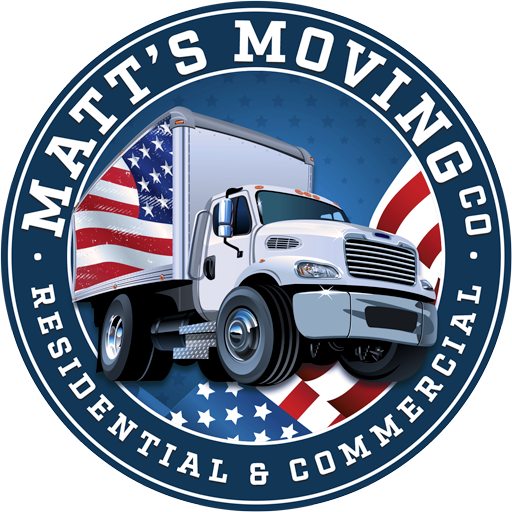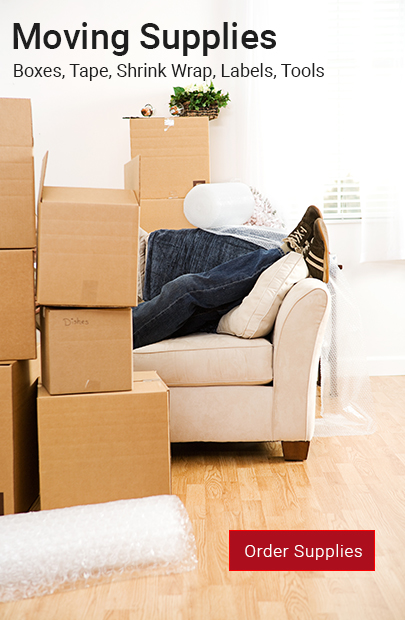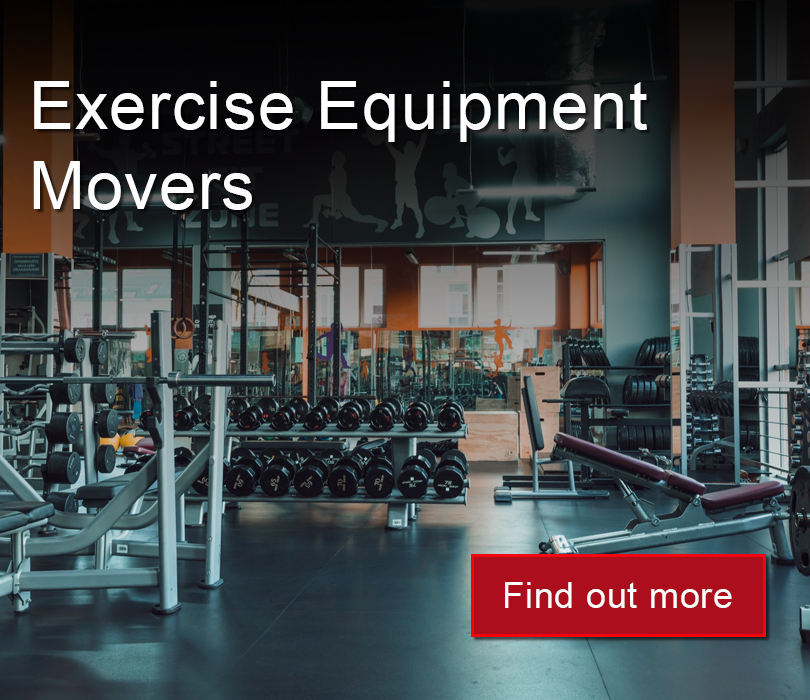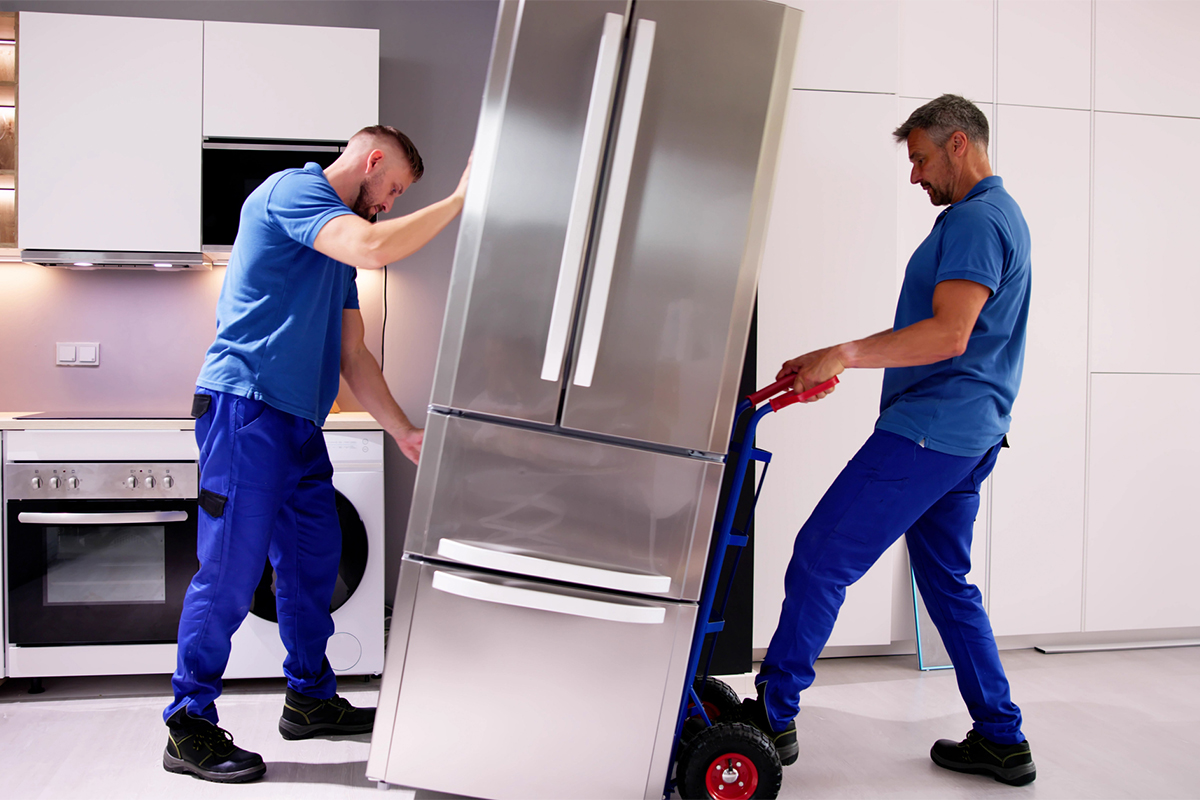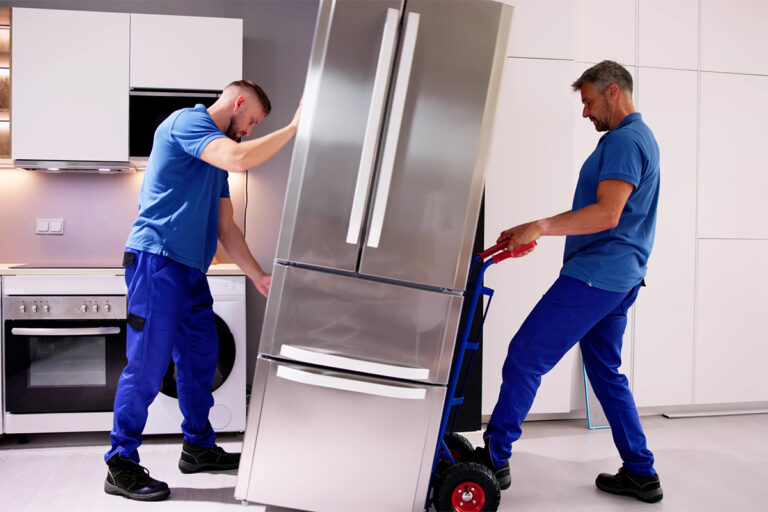Every year approximately 40 million Americans move to a new house or apartment.[1] Moving can be stressful and time consuming, so it is important to plan ahead and take the right steps to ensure a successful move. To help make your next move as seamless as possible, here are 10 tips for a flawless move.
1. Gather Supplies
Gathering the necessary supplies is the first step to a successful, stress-free move. Separate your valuable items, label your boxes and furniture pieces, and wrap your fragile items in bubble wrap to prevent any damage during the move. With these tips, you’ll be able to keep your items organized and protected, ensuring a smooth transition to your new home.
2. Separate Valuable Items
When it comes to moving, it is crucial to protect your valuable items from getting lost or damaged during the process. Whether it’s an antique heirloom or a piece of jewelry, certain items hold a significant amount of monetary or sentimental value, and it’s important to handle them with care. In this section, we’ll discuss some techniques to keep your valuable items protected during a move.
The first step to safeguarding your valuable items is to identify them and designate a special box or container to hold them during transport. This can include items such as jewelry, watches, family heirlooms, or other sentimental possessions. Use a sturdy box that is smaller in size compared to other ordinary boxes. Filling it with packing materials will help to provide cushion and prevent the items inside from moving around.

It’s crucial to separate valuable items from unwanted items. This will prevent confusion during unpacking while also ensuring that they are easier to find. Once you have separated your valuable items, use appropriate packing materials such as bubble wrap, packing peanuts, or soft cloths to wrap them before placing them in the special box. This will add an extra layer of protection and will give you peace of mind during the move.
Make sure to label the valuable items box as ‘Fragile’ and ‘Do not stack.’ This will inform the movers to handle the box with extra care, avoiding stacking heavier items over it. It will also signify to others who are helping with the move that the box contains delicate items.
During the move, always keep your valuable items in your immediate vicinity. This is especially crucial if you are hiring movers. Be sure to keep the items close by, either in your vehicle or within sight. This will help to ensure they remain safe throughout the move.
3. Label Boxes and Furniture Pieces
Labeling your boxes and furniture pieces is a crucial step in ensuring a smooth and organized move. A clear labeling system helps you keep track of what’s inside each box and where each piece of furniture belongs, making the unpacking process a breeze.
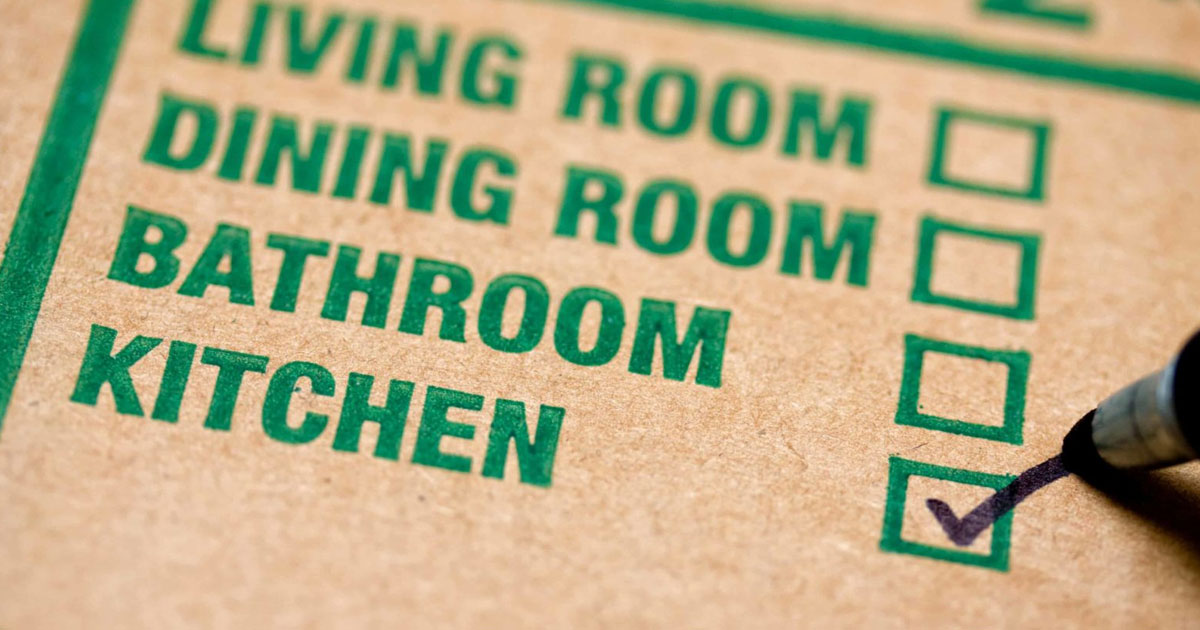
Start by labeling each box with its contents and room destination. Write a clear description of the items inside the box, such as “Kitchen Utensils,” “Living Room Decor,” or “Bedroom Linens,” and indicate which room it should be placed in. This will save you time and effort when it comes to unpacking, as you won’t have to sort through every box to find what you need.
Using a permanent marker to write on the side of the boxes is highly recommended as it ensures that the labels don’t rub off or get lost during transportation. It also allows for easy visibility and quick identification of the boxes.
When packing delicate items such as glassware, dishes, or electronics, it’s essential to mark them as “fragile” with a fragile label. This will ensure that these items are handled with extra care to prevent damage during the move.
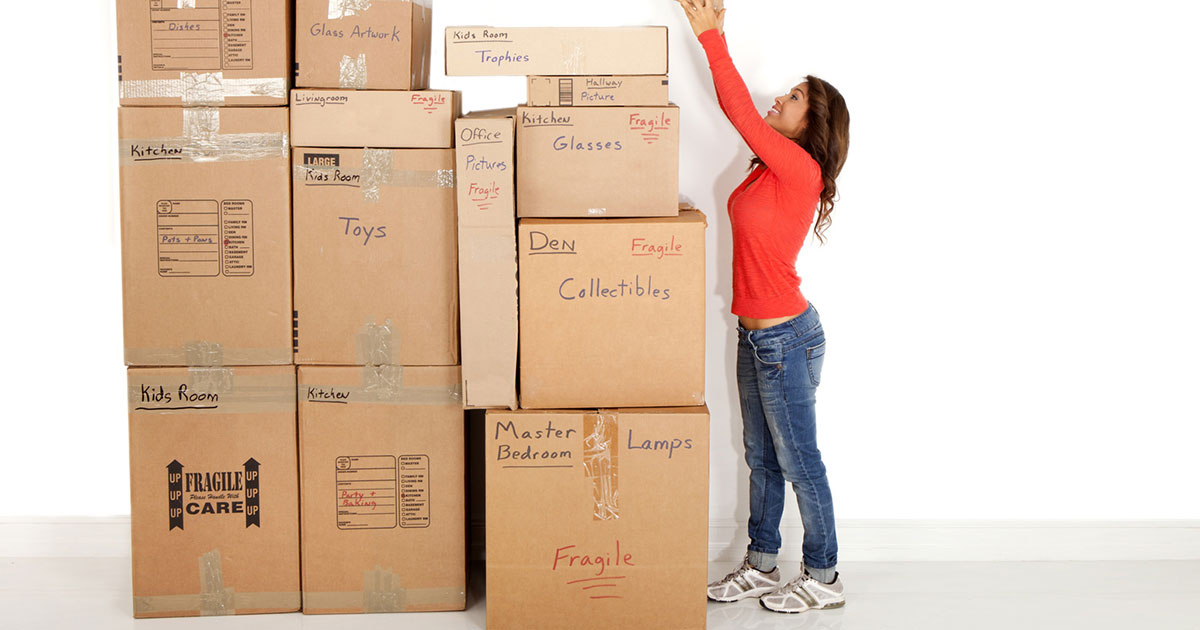
4. Wrap Fragile Items in Bubble Wrap
If you’re planning a move, it’s critical to ensure the safe transportation of fragile items like glassware and dishes. The best way to protect these items is to wrap them in bubble wrap before packing them in boxes. Here’s how:
First, select an appropriate size of bubble wrap for the item you are wrapping. The bubbles should be large enough to provide adequate cushioning, but not so large that there is excess material that could shift during transport.
Next, carefully wrap the fragile item in bubble wrap, ensuring that all surfaces are covered and protected. Take extra care to wrap the edges and corners of the item, as these are particularly vulnerable to damage.
Once the item is wrapped, use packing tape to secure the bubble wrap in place. Make sure the tape is applied firmly and that the wrap is held tightly around the item. This will help prevent the bubble wrap from slipping or shifting during transport.
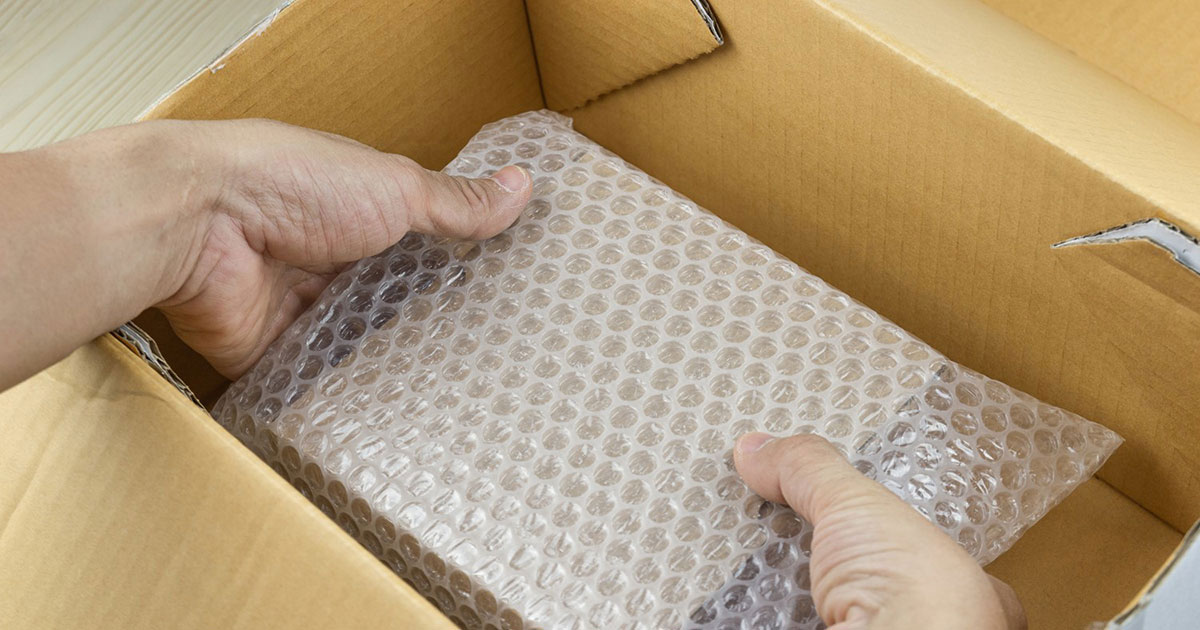
Finally, label the box as ‘fragile,’ so movers know to handle it with extra care. When packing boxes containing fragile items, be sure to pack them tightly to prevent items from shifting during transport. This can be accomplished using packing materials like packing peanuts or newspaper.
In summary, wrapping fragile items in bubble wrap is an essential step when preparing for a move. By following these steps, you can help ensure that your fragile items arrive at your new home undamaged, and that your move is a smooth transition.
5. Save Time and Money on Moving Day
Moving day can be stressful and draining, but there are several ways to make the process smoother and even save some time and money.
One option is to hire professional movers who can handle all the heavy lifting and transport your belongings to your new place while you focus on other aspects of the move.
If you prefer to handle the move yourself, renting a moving truck or van can be a cost-effective solution.
Enlisting the help of friends and family members can also make moving day faster, less strenuous, and more enjoyable. With these three options available, you can find the best fit for your moving needs and budget.
Hire Professional Movers
Moving can be a stressful and overwhelming process, but hiring professional movers can help alleviate some of the burdens. Before making a decision, it’s important to understand the benefits and considerations of hiring professional movers.
One important step in the process is requesting quotes from several moving companies. This allows you to compare prices and services in order to find the right fit for your budget and timeline.
It’s important to consider factors such as equipment and experience when choosing a moving company.
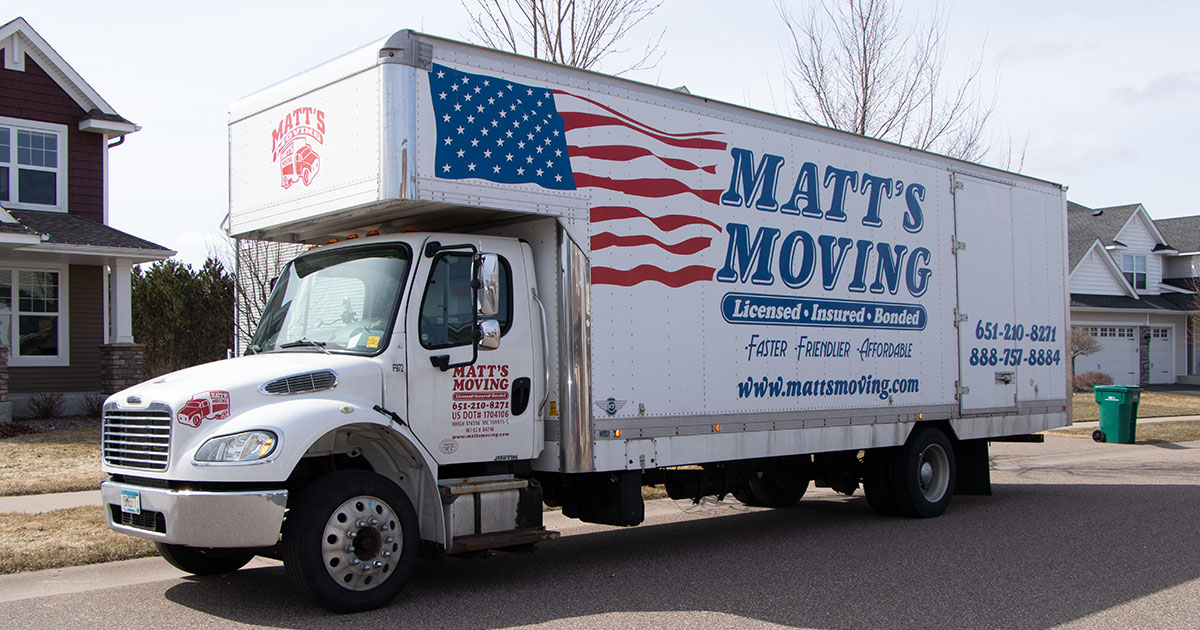
One of the biggest advantages of hiring professional movers is their experience in handling large furniture pieces and fragile items. This can save you time and money in the long run by preventing damage to your valuable possessions. Additionally, professional movers have the necessary experience to handle various situations that may arise during the move.
When it comes to moving, hiring professional movers can provide a smoother experience. Be sure to get quotes from several companies and consider factors such as budget, timing, and necessary equipment. With the advantages of experienced movers on your side, you can focus on settling into your new home without the stress of a difficult move.
Rent a Moving Truck or Van
Renting a moving truck or van is a popular choice for those who want more control over their move.
Not only does it allow you to transport your own belongings, but it can also be less expensive than hiring professional movers. If you’re considering renting a moving truck or van, it’s important to do your research and find a company that fits your needs.
When searching for a rental company, start by comparing prices. This will help you get a sense of what to expect and give you options to choose from.
Consider the size of the vehicle you’ll need. You don’t want to end up with a truck that’s too small, or worse, too large for your belongings. It’s also worth checking if the rental comes with any additional equipment such as dollies or blankets.
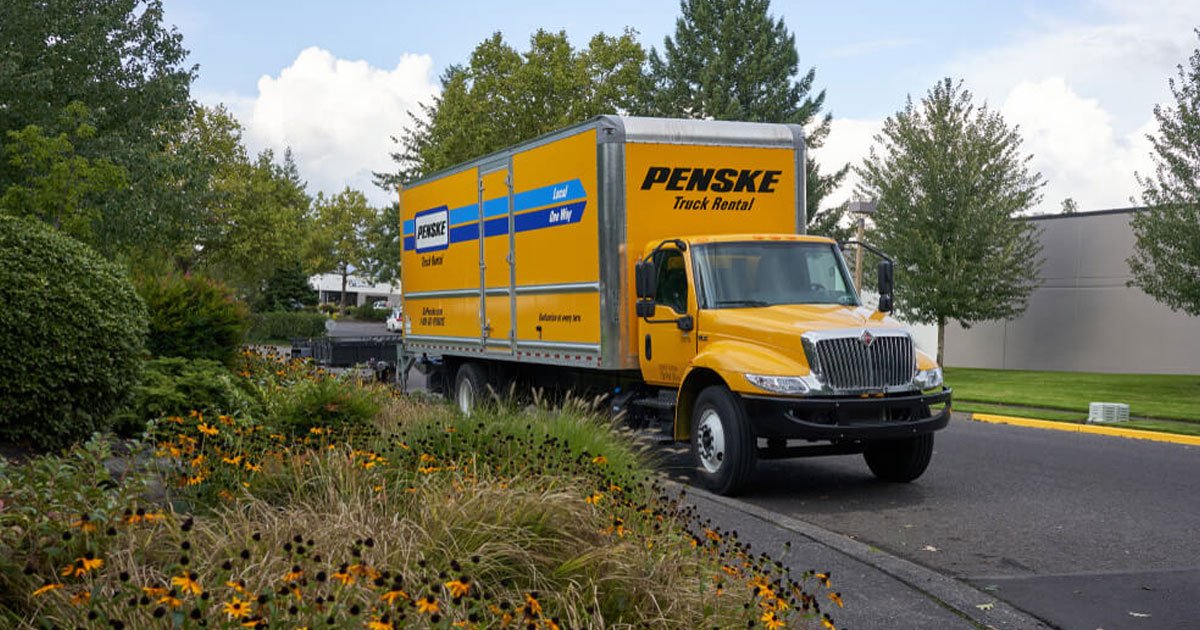
Another factor to keep in mind is the availability of pick-up and drop-off locations. Make sure the rental company has a location convenient for you, whether that’s close to your current home or your new one.
Renting a moving truck or van can be a great option for those who prefer to have more control over their move. It’s important to do your homework and find a rental company that offers a good price and fits your specific needs. By taking these steps, you can ensure a successful, stress-free move.
6. Keep Your Master Bedroom Intact
When it comes to moving, keeping your master bedroom intact can be a real challenge. To avoid any unnecessary stress, there are a few tips that can help make your move as smooth as possible.
First, try to disassemble your bed frame ahead of time. Breaking down your bed frame before the big day means there’s one less thing to worry about on the day of the move.

Secondly, pack non-essential items, such as extra bedding, decorations, and seasonal clothing, first. Doing so not only helps to clear out clutter from your bedroom, but also ensures that these items are safely packed away before the movers arrive.
By following these simple steps, you can avoid damage to your furniture and ensure that everything arrives at your new home in one piece.
7. Disassemble the Bed Frame Ahead of Time
Moving out can be a stressful experience, but if planned well, it can become manageable. One crucial step in moving out is disassembling the bed frame ahead of time. By doing so, you are making the moving process smoother and hassle-free.
To ensure that everything is organized, plan ahead and disassemble the bed frame at least a day before the movers arrive. This will give you enough time to put the screws in a secure, labeled bag and keep them in a safe place.
It is also essential to ensure that all the necessary tools are available before disassembling the bed frame. You don’t want to be in a situation where you cannot find a tool while you’re halfway through the process.
By disassembling the bed frame ahead of time, you are also helping the movers. The frame can be brought down to the ground floor, and it will make it easier for them to bring it out to the truck.
Disassembling the bed frame is an essential step in the moving process.
By planning ahead, labeling the screws, and ensuring that all the necessary tools are available, you can make the moving process smoother and more manageable.
8. Pack Non-Essential Items First
One of the key components of a flawless move is packing your items efficiently and effectively. One way to ensure a smooth movement is to start by packing non-essential items first. These are items that you won’t need in the near future, such as out-of-season clothes, books, and decorations.
To get started, it’s important to create a packing plan using a guide to packing your home. A packing plan can help you stay organized and focused throughout the packing process. Once you have a plan, gather necessary supplies like bubble wrap, packing tape, and boxes of varying sizes.
When it comes time to pack, be sure to label boxes and furniture pieces with their contents as well as the room they belong in. This will make it easier for you and your movers to organize the boxes when moving day arrives.
Lastly, consider packing a “first day box” with essential items for your first night in your new home. This box should include items like toiletries, a change of clothes, and some basic kitchen supplies. Packing a first day box helps ensure that you have everything you need for your first night in your new home and you won’t have to dig through multiple boxes to find what you’re looking for.
Packing non-essential items first can be an effective way to ensure a flawless move.
Remember to create a packing plan, gather necessary supplies, label boxes, and consider packing a first day box for a smooth and stress-free move.
9. Protect Electronics With Careful Packing Techniques
When it comes to packing for a move, protecting your electronics should be a top priority. These items are often expensive and delicate, which means they require special care and attention during the packing process.
To ensure that your electronics arrive at your new home safe and sound, there are a few key packing techniques you should consider. Here are four tips to help you protect your electronics during your move.

1. Place Electronics in Original Boxes When Possible: The original boxes that your electronics came in were designed with the specific shape and size of the item in mind. If you still have these boxes, use them for packing your electronics for the move. This will provide the best protection for your electronics during transit. If you no longer have the original boxes, use sturdy boxes that are the appropriate size for each item.
2. Label Cables for Easy Set-Up Later On: Cables and cords are often a big jumbled mess when it comes to electronics. To make things easier on yourself when setting up at your new home, take the time to label each cable with the device it belongs to. Use small colored stickers or tags to quickly and easily recognize each cable later on. This small step will save you a lot of frustration and time later.
3. Use Bubble Wrap or Packing Paper: Once you have your electronics packed in their appropriate boxes, use bubble wrap or packing paper to add an extra layer of protection. Wrap each item carefully, making sure to cover any exposed areas. Tuck any excess paper or bubble wrap into the box, making sure that your item is snugly packed.
4. Fill Up Space in Boxes: If you have any extra space in the box, fill it with packing peanuts or crumpled paper. This will add an extra layer of protection and prevent any jostling or movement during the move. A well-packed box will help keep your electronics safe and protected during transit.
Place Electronics in Original Boxes When Possible
When it comes to packing electronics for a move, it’s essential to take the necessary steps to ensure they remain in pristine condition during transit. One of the most important things you can do is to pack them in their original boxes whenever possible. These boxes are specifically designed to fit the item perfectly, providing a high level of protection during the move.
If you still have the original boxes your electronic devices came in, make sure to use them. Before packing, secure all cords, cables, and accessories with twist ties or rubber bands. This will prevent them from tangling during transport.
Next, surround the electronic device with cushioning material such as bubble wrap or packing peanuts. This will help protect it from any bumps or jostling that may occur during the move. Be generous with the cushioning material, but don’t overpack the box, as this could potentially damage the device.
Don’t forget to label each box clearly with the corresponding name of the electronic device. Additionally, take a picture of the cords connected to each item before you detach them. This will serve as a helpful visual reference for when you need to set them up again at your new home.
By following these tips and packing your electronics in their original boxes, you can ensure they withstand the move with no damage. Take the time to secure them properly and label all boxes clearly to ease the process of unpacking and setting up your devices in your new home.
Label Cables for Easy Set-Up Later On
Labeling cables is a crucial step to ensure that you don’t get overwhelmed during the set-up process after your move. Labeling cables requires just a little effort on your part, and it will save you time and headaches as you reconnect all of your devices at your new residence.
To get started with labeling cables, the first step is to purchase a label maker or gather masking tape and a permanent marker. Once you have your supplies, start labeling each cord according to where it goes. For example, label the HDMI cord for the TV, the power cord for the printer or the charger for your laptop.
Another labeling option is to use a color-coding system. Assign a different color for each room or device and use stickers or twist ties. For instance, blue stickers or ties for the living room, green for the bedroom, and yellow for the kitchen. This will make matching cords with devices much easier during unpacking.
It’s crucial to unplug and pack the cables with their corresponding devices. Double-check that the cables are correctly labeled on both sides and taped together. When it’s time to set up your electronics, it’s just a matter of plugging in the items with their respective labeled cords in the correct spot.
Labeling your cables will unquestionably save you a great deal of time during the reassembly process and make settling into your new living space smoother. Make sure to take your time when labeling each cord and consider using a label maker or color coding system, like stickers or twist ties. Happy labeling!
10. Make Sure Air Filters Are Cleaned Before You Move Out
Moving out of your home soon? While packing and getting everything ready can be quite overwhelming, here’s one essential tip that you must not forget: make sure to clean your air filters before you move out. It’s a small task that can make a big difference to your new home’s indoor air quality and energy efficiency.
Dirty air filters can negatively affect the air quality inside your home. If not cleaned, the filters get clogged with dust and other unwanted particles, reducing airflow and restricting proper ventilation. The result is poor indoor air quality, which can lead to breathing difficulties and other health issues. By cleaning the air filters before you move, you guarantee that you are not transporting dirty air filters to your new home, thus minimizing any risks to your health.
Taking the time to clean your air filters also benefits you in another way – lower energy bills. Dirty filters cause your HVAC system to work harder, adding additional stress on the unit and increasing your energy bills. By cleaning them before you move, you ensure optimum energy efficiency in both your current and new homes, which will save you money in the long run.
Furthermore, moving into a new home with an HVAC system that’s not functioning correctly can be a nightmare, leading to costly maintenance, repairs, and even replacement. By taking the time to clean your air filters before moving out, you set up a fresh start in your new home that makes an unfortunate situation such as a faulty HVAC system less likely to happen.
If you live in the Twin Cities and need a professional moving team – get a free estimate from our professional movers at Matt’s Moving. Call 612-216-2665 or fill out the form.
Sources:
[1] Who is Moving and Why? Seven Questions about Residential Mobility. (2020, May 4). Who Is Moving and Why? Seven Questions About Residential Mobility | Joint Center for Housing Studies. https://www.jchs.harvard.edu/blog/who-is-moving-and-why-seven-questions-about-residential-mobility
